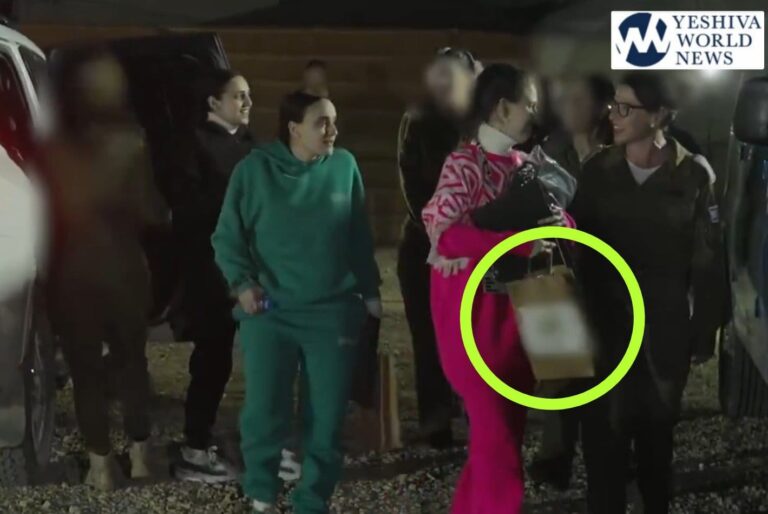
 The synagogue is not the grandest, sturdiest, or largest in the city, but it certainly rose faster than any other. With around-the-clock crews of paid laborers and Satmar volunteers often working in violation of an accident-related stop-work order — pausing for the Sabbath and not for anything else — the newest synagogue in Williamsburg was erected in just more than two weeks.
The synagogue is not the grandest, sturdiest, or largest in the city, but it certainly rose faster than any other. With around-the-clock crews of paid laborers and Satmar volunteers often working in violation of an accident-related stop-work order — pausing for the Sabbath and not for anything else — the newest synagogue in Williamsburg was erected in just more than two weeks.
“People over here call this a miracle,” a developer and self-identified community leader of Satmar Jewry, Moishe Indig, said. “All in 14 working days from when we started to dig a foundation. Fourteen days later we prayed.”
Others estimate the time of construction to be about three weeks of work.
Plans for the synagogue, located on Kent Avenue and Hooper Street, were made beginning in July, Mr. Indig said, after a state court decided it was beyond its authority to settle an internal Satmar dispute that had divided the community. The followers of one rabbi, Aaron Teitelbaum, long dispossessed of many of the local institutions and by now used to celebrating the High Holidays beneath a large tent, decided it was time to build a synagogue.
They did so in record time, with work crews putting in 18 hours or more each day, Mr. Indig said. Although the city’s Department of Buildings early on responded to two reports of unsafe working conditions, a stop-work order did not come until after a worker fell from a metal structure on September 15, according to Department of Buildings records.
The worker, who was rushed to a hospital, fell from a height of about 20 feet, a source said. A spokeswoman for the Department of Buildings, Jennifer Givner, said she did not know the status of the worker and could not confirm whether he was alive or dead.
The Department of Building’s computerized records say the no-work order remains in effect, although Ms. Givner said she could not rule out the possibility that the department had given the go-ahead to resume work.
Work did not end until midday last Friday, Mr. Indig said. With the Sabbath soon to arrive, the workmen finished what they could and turned over the synagogue to its congregation. The final touches had not yet been applied. The wooden steps leading up to the arc were splintery. The floor was concrete. Behind the spot where Rabbi Aaron was to stand, marble had been applied to only a section of the wall.
Still, it was a synagogue, and thousands of men and women came to pray, Mr. Indig said, adding that it took Rabbi Aaron late into Friday night to deliver individual blessings to every adult male in attendance.
After a weekend of services, a small work crew arrived Tuesday to lay down a wooden floor over the concrete. The foreheads of young chasidim, straying from the nearby yeshiva, pressed against the glass as they peered inside. With Simchat Torah, a joyful holiday, less than a month away, the wooden floor would serve more than decorative purpose.
“It would be very hard for the Rabbi Aaron to dance, for a couple of hours, on concrete,” Mr. Indig said.










